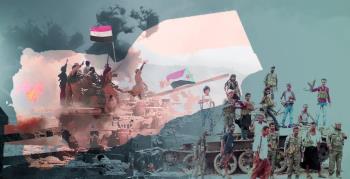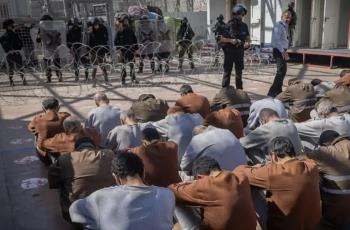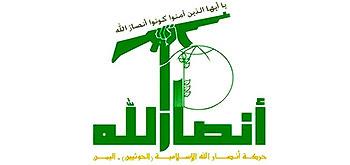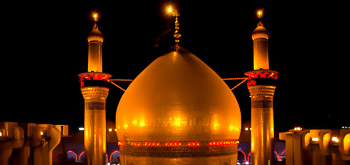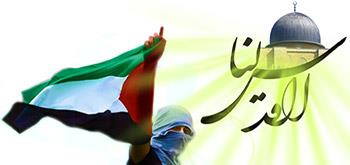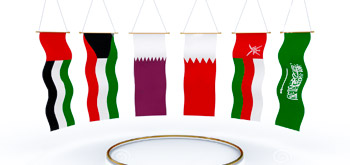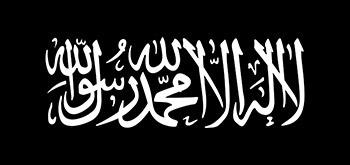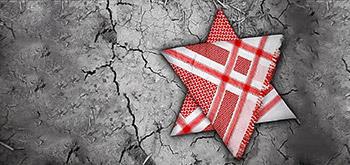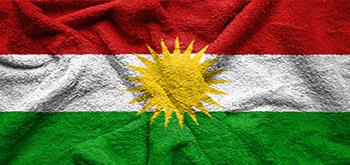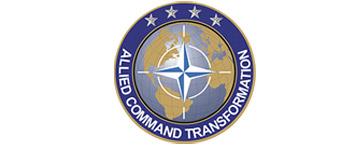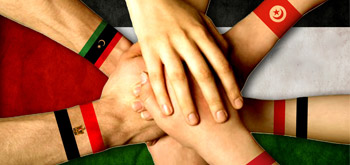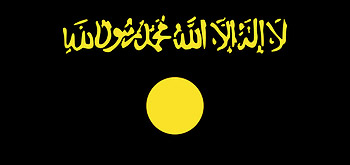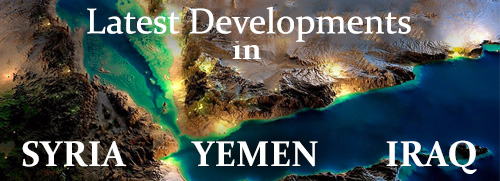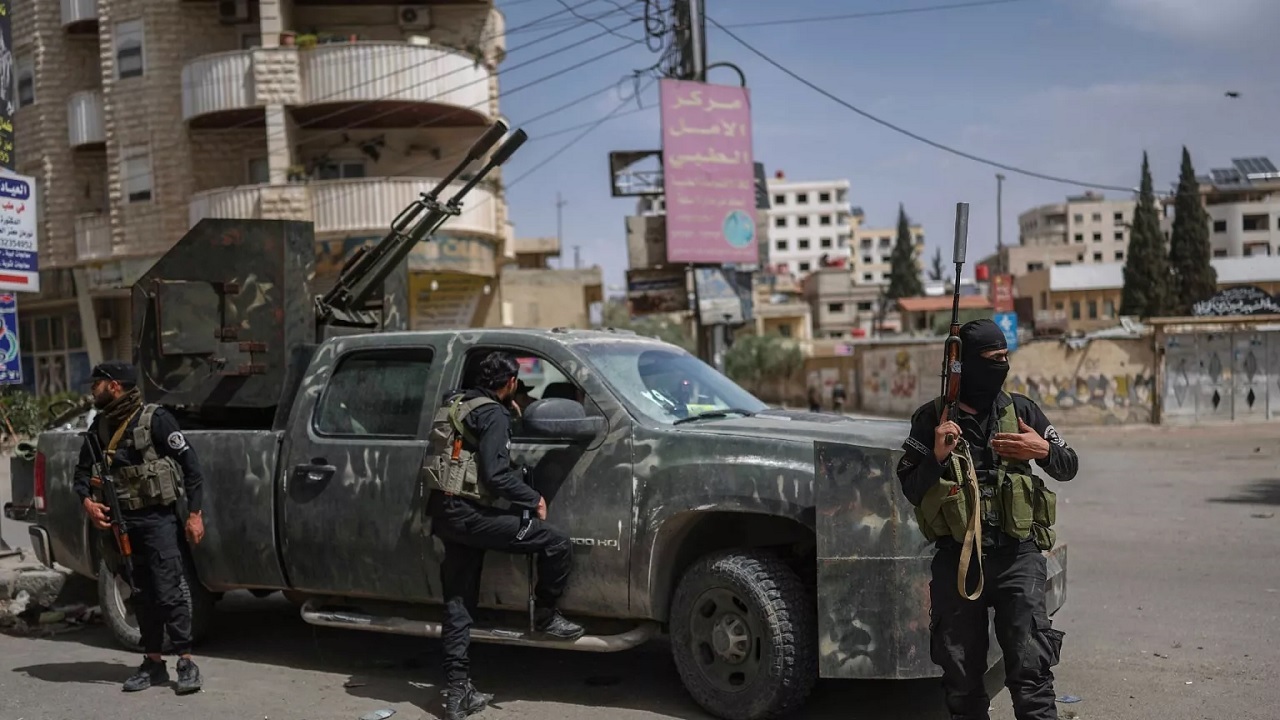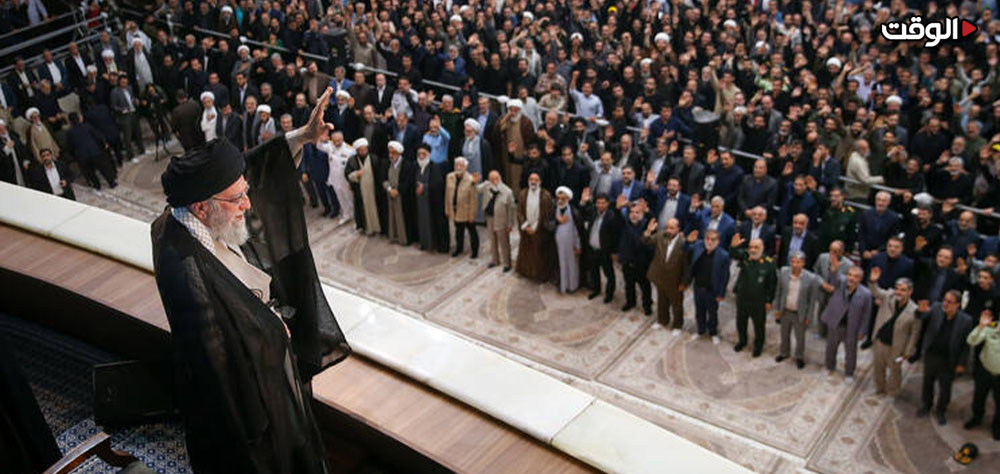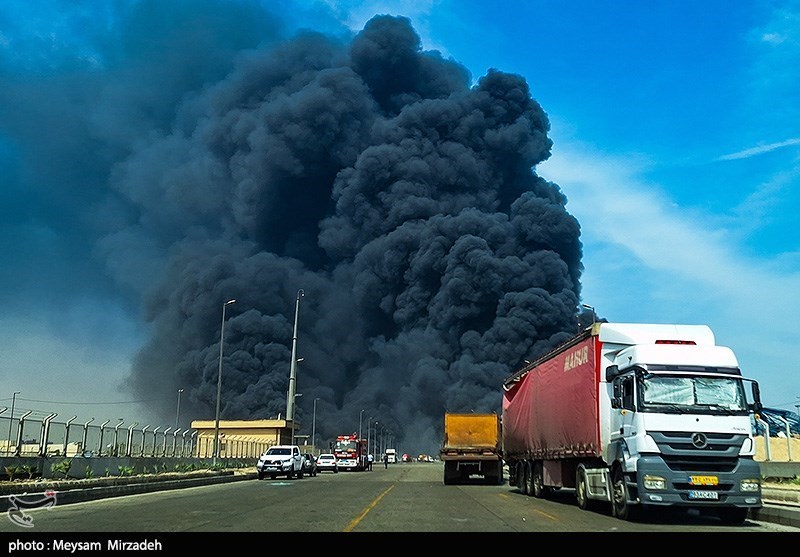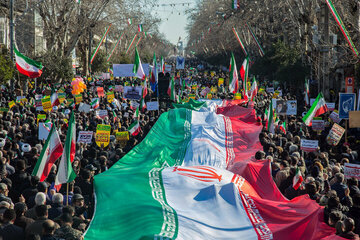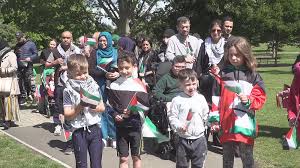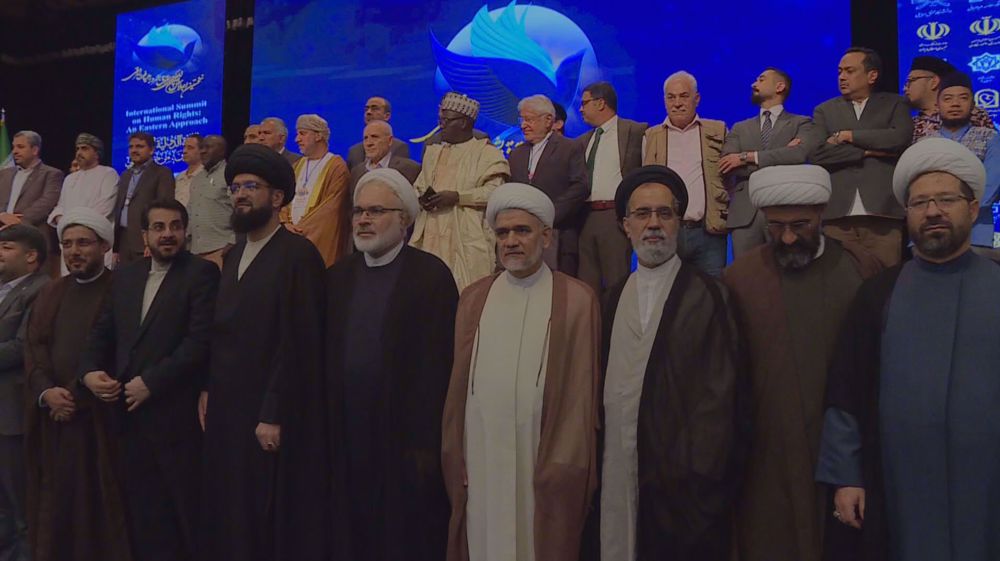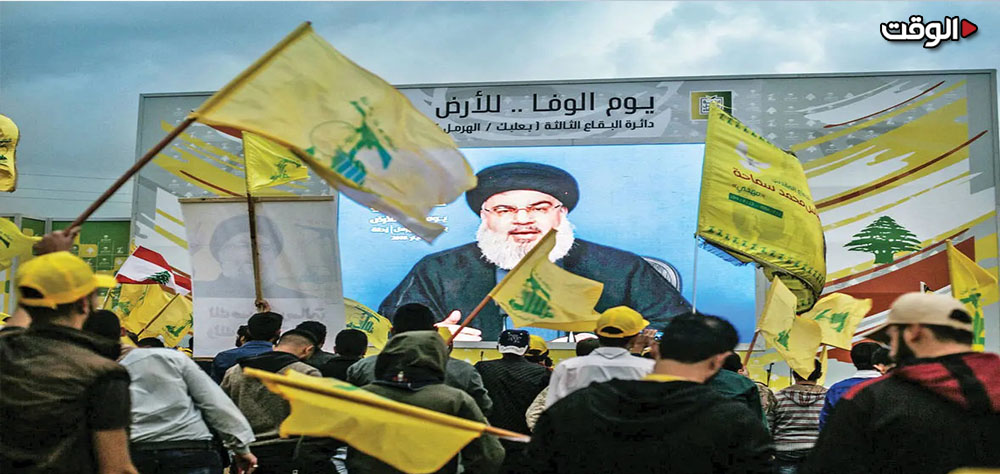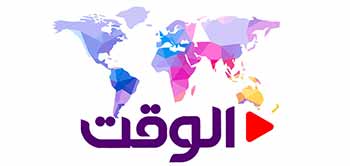Alwaght- Despite diplomatic efforts, clashes between the Hayat Tahrir Al-Sham (HTS) and Druze minority of Syria still unfold and the dialogue and local mediation have so far failed to produce a permanent ceasefire and every now and then sporadic but violent clashes erupt between the two sides. Although the clashes had winded down for some time, deadly clashes between them have reignited since last week.
The Syrian Observatory for Human Rights reported that at least 101 people have been killed in recent clashes between forces affiliated with the Syrian defense and interior ministries and Druze militants. The recent clashes followed the publication on social media of an audio file containing insults to the Prophet Muhammad and attributed to a prominent Druze figure, which has fueled public anger.
As the clashes escalated, in a major development, the Druze-majority Sweida Military Council (SMC) threatened to "liberate Damascus from terrorists."The SMC also announced the activation of the “Border Guard Brigade” in response to what it described as threats facing the region. Druze leaders even gave HTS a deadline to stop its attacks on the areas of Ashrafiya, Sahnaya and Jaramana, threatening to seek military support from regional parties if the Druze demands were not met by the deadline.
Contrary to the claims of the Damascus officials who argue that the Druze are the main culprits of these clashes, the ones responsible for creating this crisis are the terrorists affiliated with HTS, who have tried to suppress religious minorities in various ways since taking power in Damascus. Some sources reported that two groups affiliated with the HTS recently infiltrated Druze-populated areas and sparked the conflicts with arbitrary actions in order to accuse the Druze of creating insecurity in Syria.
In this connection, Nikolai Sukhov, a leading researcher at the Center for Middle East Studies at the Russian Academy of Sciences and former head of the Russian House in Syria, emphasized in an interview with the TASS news agency that the main force attacking the Druze, and before that the Alawites in the coastal provinces of Syria, are foreign fighters, including from Afghanistan, Central Asia, the Caucasus and the Maghreb countries. According to him, eyewitnesses on the spot have heard the dialects and determined their origin. Sukhov emphasized: “This is the main driving force behind the massacres, because they consider Syria to be the spoils of war according to Islamic law.” However, the interim president of Syria Ahmed al-Sharaa, claiming to counter the insecurity created by the Druze, has sent his forces to Jarmana to show that establishing security in Syria is a priority for his government.
The Druze generally live in mountainous areas and today mostly live in parts of Syria, Lebanon and Israel, each with its own independent leadership. There are nearly 700,000 Druze in Syria, living in the provinces of Sweida and around Damascus. The Druze have self-defense units, consisting of three brigades, organized in every village and neighborhood. They have the capacity to resist possible intervention by the HTS. They have never surrendered to any force and have wanted to live autonomously.
Damascus' aims behind clashes with the Druze
Seeing his power pillars at on a shaky foundation, al-Sharaa, better known for his nom de guerre Abu Mohammad al-Jolani, is seeking to solidify the dominance of the new government across Syria and so the independence of religious minorities like the Druze can pose a barrier to this aim.
Some reports said that the Druze want relative autonomy or at least the preservation of their cultural-religious identity, so the HTS sees these efforts as a threat to its authority and is trying to remove powerful groups parallel to its government and be the undisputed power player in Syria.
The HTS, with its Takfiri ideology, views groups and minorities that do not align with it, such as the Druze and Alawites, as obstacles to the ideological unity of Syria, and therefore pressure on the Druze could be part of the project to revive Salafism.
The Druze-populated regions, despite their small size, contain economic resources, fertile farming lands, or strategic locations, and the HTS wants to take full control of these areas to settle some of the economic problems.
The interim government is trying to monopolize weapons by collecting them from the minorities, in order to prevent any security revolt against the central government, and if chaos breaks out in different regions, it can suppress it without any reaction from local armed groups.
Therefore, the conflict with the Druze is not an end, but a means, a means to consolidate dominance, to legitimize internally, and to send a message to its rivals that the HTS is the only organized and planned force in Syria. If the HTS can eliminate the shadow of the Druze threat, it is likely to be able to make gains against other religious minorities and local resistance groups, which is essential for consolidating the foundations of the al-Jolani’s government.
Opportunity for the US and Israel to encourage separatism
Though ostensibly looking as a local and religious conflict, the escalation against the Druze can make the ground for implementation of old scenario of Syria partition, a scenario that actually benefits the strategic interests of Israel.
In recent months, the Israeli regime has supported the Druze in order to advance its expansionist goals, and on Friday, the Israeli army bombed near the Syrian presidential palace, declaring it a serious warning to al-Jolani that Tel Aviv will not back down in defending the Druze.
Over the past decades, the Israeli regime has repeatedly used instability in neighboring countries to achieve its security goals, and the conflicts in the Druze-populated areas create this opportunity for Tel Aviv to implement its evil plans.
On the other hand, creating a deeper rift between the internal groups in Syria paves the way for greater presence and influence in the border areas of southern Syria. Because a weakened Syria will better guarantee the security of the occupied territories, and the Israeli regime's defense of the Druze is not done out of goodwill but to divide Syria.
From a geopolitical perspective, this situation presents a unique opportunity for actors such as the US and the Israeli regime. The division of Syria into ethnic and religious units is in line with the “New Middle East” project, which aims to weaken Islamic countries by destroying central power structures.
As the HTS steps up crackdown, Syrian minorities that feel excluded or threatened may be driven to demand autonomy or even cooperation with foreign powers. In this situation, the Israeli regime can strengthen its ties with these minorities through intermediaries or intelligence tools and encourage them to separatism.
In such a situation, Israel and the US through support to minorities that are under crackdown bolster separatist projects, without direct military intervention. It seems that if this crisis is not contained, the HTS-Druze clashes can develop to a point of national crisis and lead to a change in political map of the country. These clashes can give Israel an excuse for deeper intervention in Syria, especially if the Druze call Tel Aviv for help. This scenario plays into Israeli hands since it can enhance security of its borders and at the same time curb influence of its rivals.
Also, the HTS-Druze conflict allows Tel Aviv to sell itself to the world as a supporter of rights of minorities and so attract the Western support fit interventionist scenarios or even foundation of new autonomous regions in Syria.
In general, Sweida clashes are an important indicator of deep developments that are happening in post-war Syria. If they continue, these developments not only create further instability in the minority-inhabited regions, but also will pave the way for regional and international interventions at a time the new Syrian government structure is still fragile and risk of a social collapse threatens the country more than ever.

